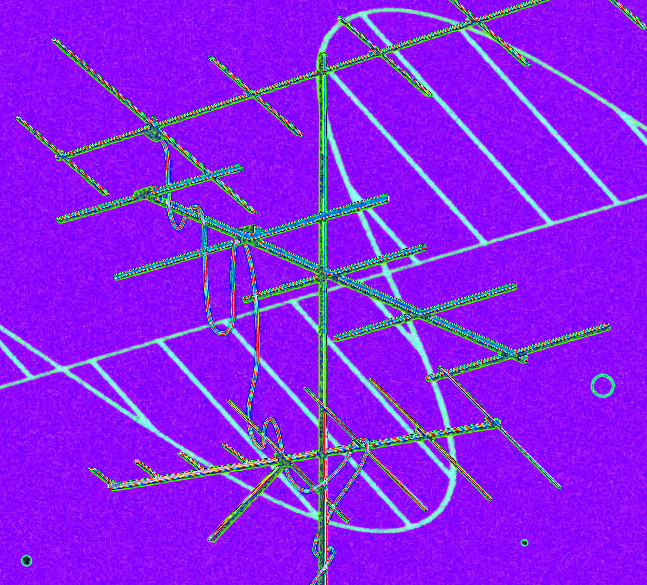New antenna picks up power
 A new type of antenna can turn ambient radio waves into electric power.
A new type of antenna can turn ambient radio waves into electric power.
Researchers have developed a new metasurface-based antenna that can harvest energy from radio waves, such as the ones used in cell phone networks or Bluetooth connections.
This technology could potentially provide wireless power to sensors, LEDs and other simple devices with low energy requirements.
“By eliminating wired connections and batteries, these antennas could help reduce costs, improve reliability and make some electrical systems more efficient,” says research team leader Jiangfeng Zhou from the University of South Florida.
“This would be useful for powering smart home sensors such as those used for temperature, lighting and motion or sensors used to monitor the structure of buildings or bridges, where replacing a battery might be difficult or impossible.”
Metamaterials use small, carefully designed structures to interact with light and radio waves in ways that naturally occurring materials do not.
To make the energy-harvesting antenna, the researchers used a metamaterial designed for high absorption of radio waves and that allows a higher voltage to flow across the device’s diode. This improved its efficiency at turning radio waves into power, particularly at low intensity.
The researchers report that their new antenna can harvest 100 microwatts of power, enough to power simple devices, from low power radio waves.
This was possible because the metamaterial used to make the antenna exhibits perfect absorption of radio waves and was designed to work with low intensities.
The team placed a mobile phone very close to the antenna during a phone call, and it captured enough energy to power an LED during the call.
Although it would be more practical to harvest energy from cell phone towers, this demonstrated the power-capturing abilities of the antenna.
“Although more work is needed to miniaturise the antenna, our device crosses a key threshold of 100 microwatts of harvested power with high efficiency using ambient power levels found in the real world,” said Clayton Fowler, the team member who fabricated the sample and performed the measurements.
“The technology could also be adapted so that a radio wave source could be provided to power or charge devices around a room.”
“With the huge explosion in radio wave-based technologies, there will be a lot of waste electromagnetic emissions that could be collected,” said Dr Zhou.
“This, combined with advancements in metamaterials, has created a ripe environment for new devices and applications that could benefit from collecting this waste energy and putting it to use.”
More details are accessible here.








 Print
Print